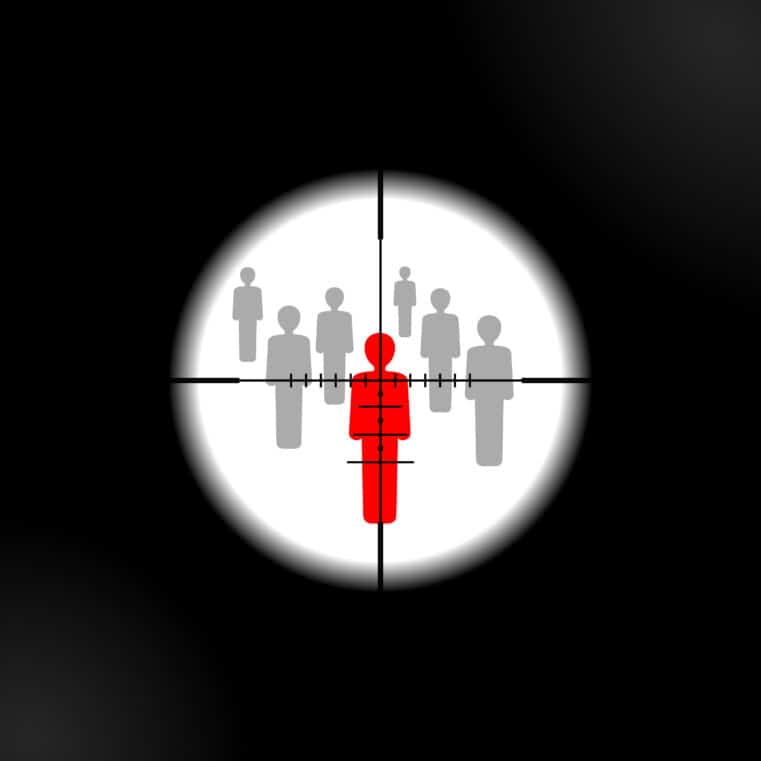
A Potential COVID-19 Comeback: “Razor Blade Throat” Symptoms in China
China’s COVID-19 Resurgence: The Facts
Reports from China over the past few weeks have raised alarms in the medical community. Dr. Zhong Nanshan, a leading Chinese pulmonologist and epidemiologist, confirmed in a May 19 interview that this new wave is different. While COVID-19’s respiratory symptoms are nothing new, this time, patients are describing a level of throat pain that’s downright vicious—sharp, slicing pain that’s earned the ominous moniker “razor blade throat.”
This wave began back in March and is driven by the Omicron XDV variant. Unlike earlier strains, this one seems to cause an intense burning or stabbing throat pain along with the usual suspects: fever, fatigue, headaches, and a relentless cough. Dr. Zhong estimates the wave is still climbing, with a peak likely to hit late May or early June, and cases expected to decline by the end of June.
Real People, Real Symptoms
Forget the sanitized headlines—Chinese social media is filled with first-hand accounts that paint a grimmer, more visceral picture of what people are dealing with:
- “During lunch time a few days ago, a colleague was coughing so wildly I thought she choked on food. She said it was from this COVID wave. Her main symptom? Razor blade throat.”
- “I’ve been hit with razor blade throat and feel completely drained.”
- “Post-COVID razor blade throat is brutal—swollen, painful, and I can barely speak. Any quick remedies?”
- “I had a fever, sore throat, yellow phlegm streaked with blood, nosebleeds, dizziness, no energy. I sneezed and my nose started bleeding—it’s terrifying.”
These raw confessions give a glimpse into what’s actually happening behind the numbers. It’s not just a cough and a runny nose—some people are getting hit hard.
The Data Gaps and Reporting Discrepancies
And then there’s the data—or the lack of it. Official Chinese figures claim only seven COVID deaths in March, an eyebrow-raisingly low number that’s fueling skepticism. Dr. Jonathan Liu, a Canadian physician and traditional medicine expert, points out the absurdity: “Canada, with a fraction of China’s population, recorded over 1,900 COVID deaths in the same period. How could China, with packed cities and minimal transparency, have only seven?”
The Chinese CDC did release some data: outpatient and emergency cases rose from 7.5% to 16.2%, and severe respiratory infections nearly doubled. But they’re leaving out the four key metrics that actually matter: confirmed cases, hospitalization rates, severe case rates, and deaths. Without these, there’s no way to gauge the real severity—or the risk of it spreading further.
Xiaoxu Sean Lin, an assistant professor at Feitian College and contributor to The Epoch Times, underscored this: “The data the CCDC is giving is a fraction of what’s needed. Without those four key numbers, the picture’s incomplete. And that’s how the Chinese regime likes it—half-truths, missing pieces, and plausible deniability.”
Asia’s Viral Wildfire: Beyond China
It’s not just China feeling the heat. The resurgence is lighting up other parts of Asia, too:
- Singapore: From late April to early May, COVID cases surged by nearly 30% to more than 14,000, with daily hospitalizations climbing in lockstep.
- Hong Kong: Key COVID indicators hit a one-year high by early May, with 31 adult deaths reported in just a month.
- Taiwan: The Taiwan CDC says cases have been steadily climbing since early May, and they’re bracing for a peak in June.
It’s a reminder that viruses—and the disruptions they bring—don’t stay put.
The Bigger Picture: Prepare, Don’t Panic
So what does all this mean? Right now, there’s no sign that this “razor blade throat” variant is going to sweep across the world like earlier strains. But it’s a vivid example of how COVID-19 isn’t done with us yet—mutations, regional flare-ups, and fresh uncertainties are still very much part of the game.
Zhong Nanshan said it himself: the virus may eventually become more like the flu—less deadly, easier to manage. But that’s a long-term view. In the short term, this wave is a real challenge for people in affected regions. And if history’s taught us anything, it’s that a regional surge can spread quickly in a hyper-connected world.
What You Can Do Now
- Stay Informed: Track updates from trusted sources—don’t rely solely on official statements, but also don’t fall for every rumor.
- Check Your Supplies: Stock basic medical and personal hygiene supplies—thermometers, fever reducers, throat lozenges, masks if you’re in crowded settings.
- Stay Healthy: Rest, hydration, and nutrition matter. Your immune system is still your first line of defense.
- Think Ahead: Remember how quickly supply chains and daily life can get disrupted when outbreaks grow. A few extra basics on hand never hurt.
- Keep Perspective: Don’t let fear do the thinking for you. It’s one thing to be prepared—it’s another to be paralyzed.
Bottom Line
This isn’t about panic or doom—it’s about awareness. “Razor blade throat” may stay an Asian regional problem, or it might become a bigger global challenge if it spreads beyond China’s borders. The real lesson here? Stay adaptable, keep your wits about you, and don’t let your guard down just because the headlines have moved on.
Download “Seven Steps to Protect Yourself from Bank Failure” by Bill Brocius here—because in a world where crises overlap and feed into each other, financial resilience is just as critical as physical resilience.











